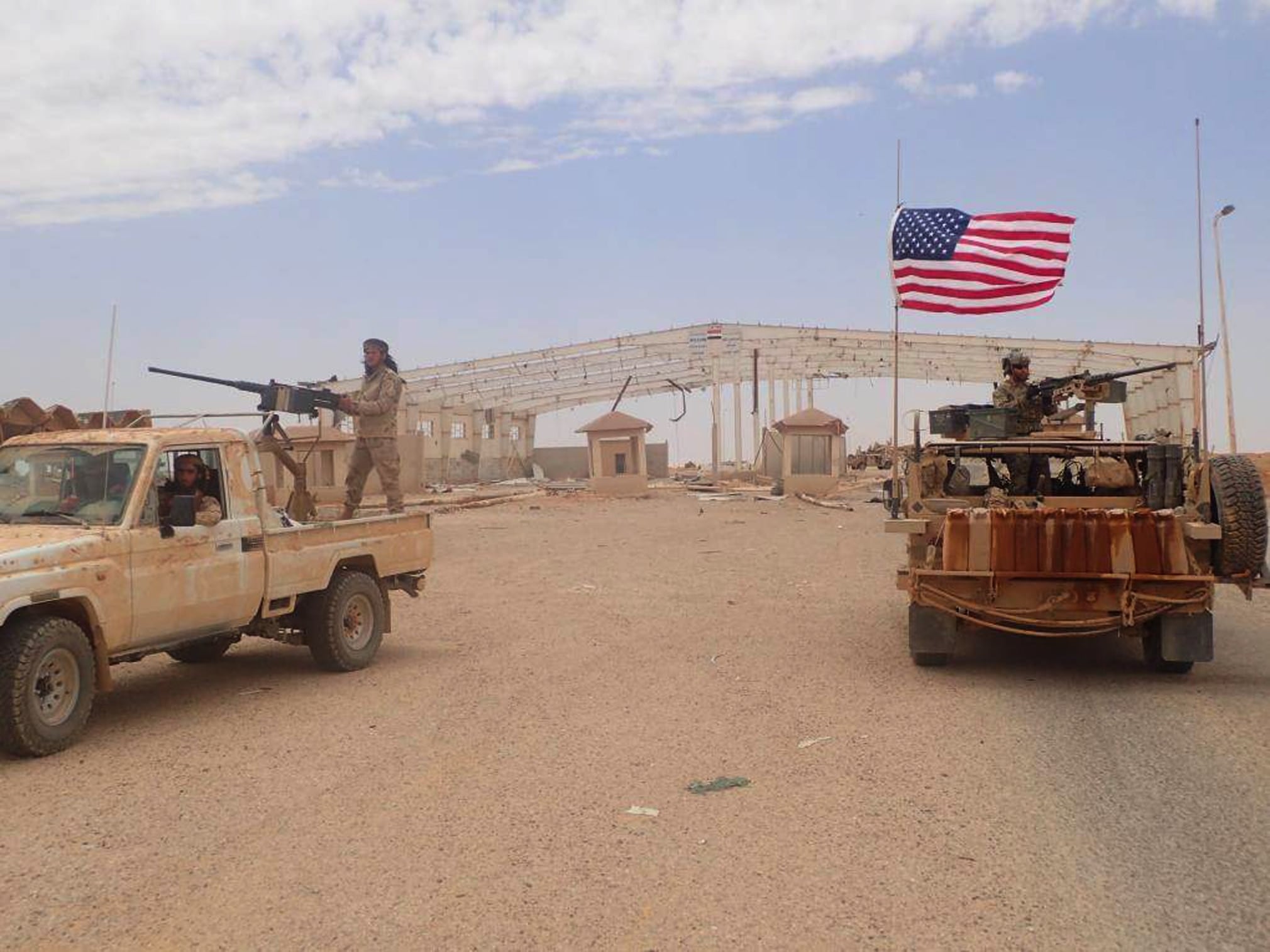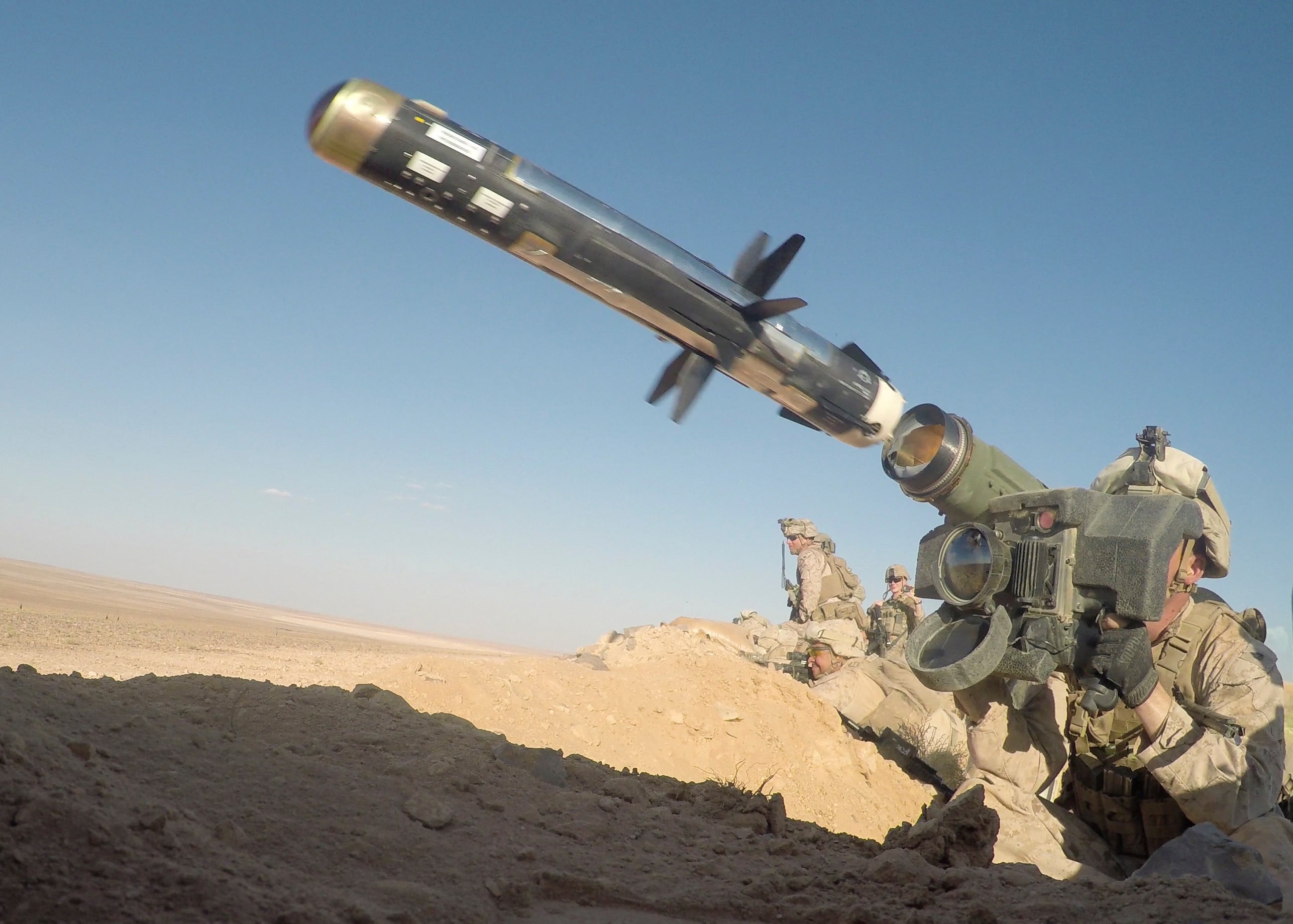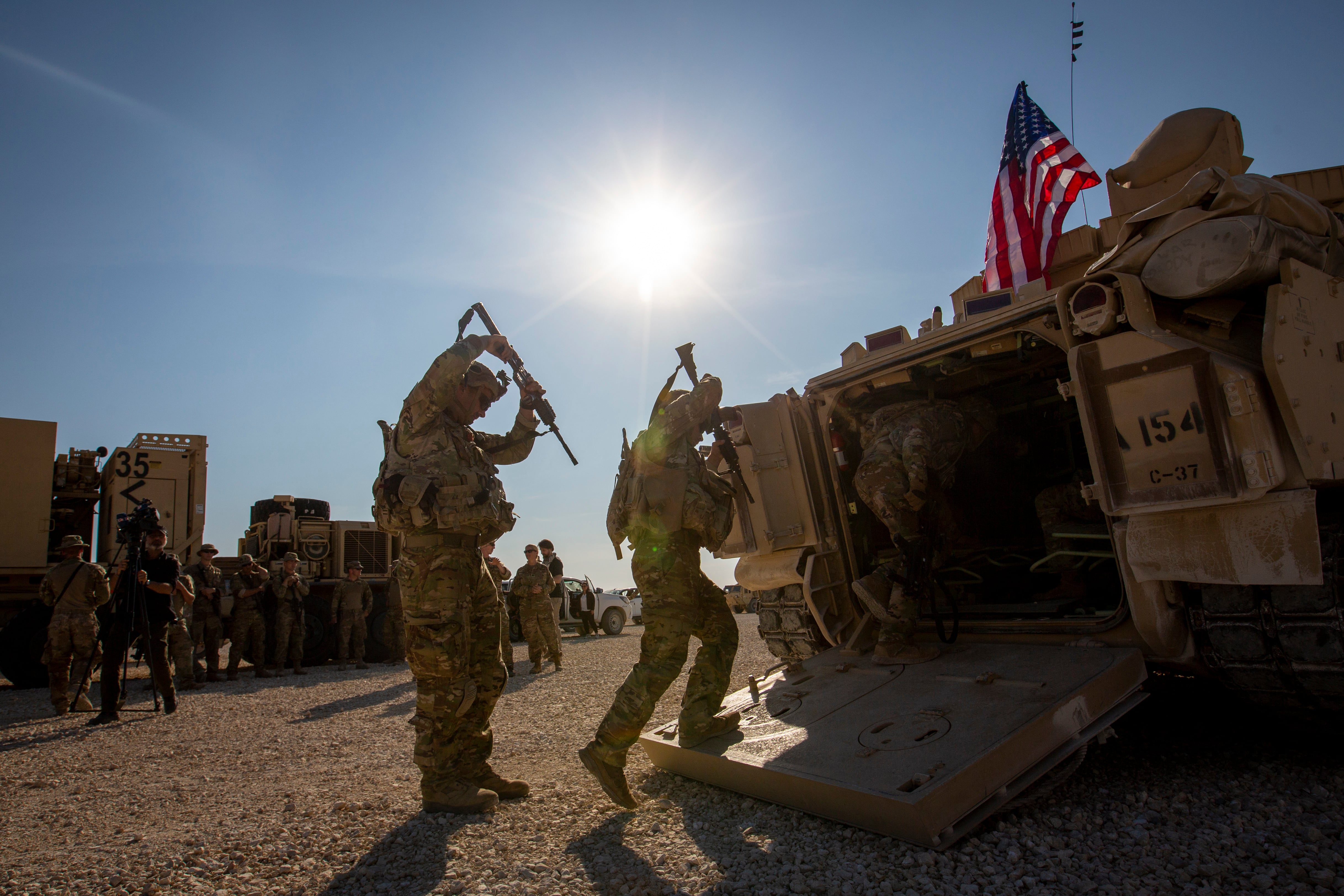Congress wants a report from the intelligence community and the Pentagon about the threat posed by Iran and its militias to a small garrison of special operators near the Iraq-Syria border known as al-Tanf.
Al-Tanf houses a handful of American commandos who are tasked with training an anti-ISIS force dubbed Maghaweir Thowra. But national security experts have oft argued the garrison’s existence is meant to check Iranian influence and block a highway that could push arms from Tehran to the Mediterranean Sea.
Located in a remote desert outpost in southern Syria near the Jordanian border, al-Tanf is far removed from the majority of the anti-ISIS fight raging in northern Syria — instead it’s been the scene of deadly clashes between U.S. forces and Iranian and Syrian regime backed militias.
The U.S. maintains a 55 km security bubble around the base and American forces have used deadly force in the past to protect the installation — raining down rocket artillery known as HIMARS and airstrikes on Iranian-backed militias who encroached the security zone.
Congress now wants the Department of Defense and Director of National Intelligence to compile a report about the threat Iran and its militias pose to the garrison at Tanf, and also the threat of these groups to U.S. partner forces operating in northern Syria, according to the annual defense legislation.
RELATED

Despite its relatively small size and remote location, the garrison at al-Tanf has appeared to be a major cornerstone for defense planners and Iran hawks within President Donald Trump’s administration.
In early 2019, as Trump weighed pulling American forces out of Syria, former U.S. national security adviser and anti-Iran provocateur, John Bolton, convinced Trump to keep a a handful of troops in northeastern Syria and a couple hundred at the Tanf garrison.
Tanf survived another attempt to withdraw U.S. forces from Syria this fall. In October, Trump ordered roughly 1,000 American troops to withdraw from northern Syria to avoid having U.S. forces being caught in the crossfire of combative allies.

Turkey launched an offense in October into northern Syria to combat U.S.-backed Kurdish fighters. Ankara has long voiced concerns that America’s Kurdish anti-ISIS partner force is a terrorist group.
But Tanf would not be on the chopping block during Trump’s haste to pull America out of the Syrian quagmire, despite reports from Muhannad al-Talla, a rebel commander at the base who told Buzzfeed that U.S. troops were leaving Tanf.
Trump ordered a small footprint to remain at the remote desert garrison.
Trump would ultimately walk back part of his decision to withdraw American forces from Syria, and has kept a residual force to help secure oil wells in the region from slipping into the hands of ISIS fighters. That force consists of American commandos and Army Bradley armored fighting vehicles.
RELATED

But Secretary of Defense Mark Esper has said the U.S. forces would continue to draw down in Syria.
The White House and DoD have routinely voiced that the U.S. is not interested into being dragged into the greater politics of Syria’s civil war that has raged since 2011.
But the existence of Tanf has hit a nerve with the Syrian regime and its backers Iran and Russia — forcing the U.S. to react to political and tactical shifts occurring in Syria’s civil war.
As forces aligned to Syrian President Bashar al-Assad made headway in 2017 towards Tanf and clawed back territory, they came in contact with American troops at the garrison.
Those encounters were often deadly, as American troops defended the 55 km security bubble around the base by launching HIMARS and airstrikes at militias that encroached the security zone.
In September, a company sized element of Marines was dispatched to the Tanf garrison to conduct a show-of-force exercise following Russian threats that its forces planned to conduct operations within the 55 km security zone to rout militants.
Congress wants the report regarding Iran and Tanf to address other issues regarding Iran’s malign behavior in Syria to include its influence operations,weapons facilities in Syria, and lessons learned of Hezbollah’s operations in the region.
The report should cover the “degree to which efforts of the United States to sustain and strengthen Kurdish forces in Syria may undermine the influence of Iran and Iranian-backed forces in Syria,” the annual defense bill reads.
Shawn Snow is the senior reporter for Marine Corps Times and a Marine Corps veteran.





